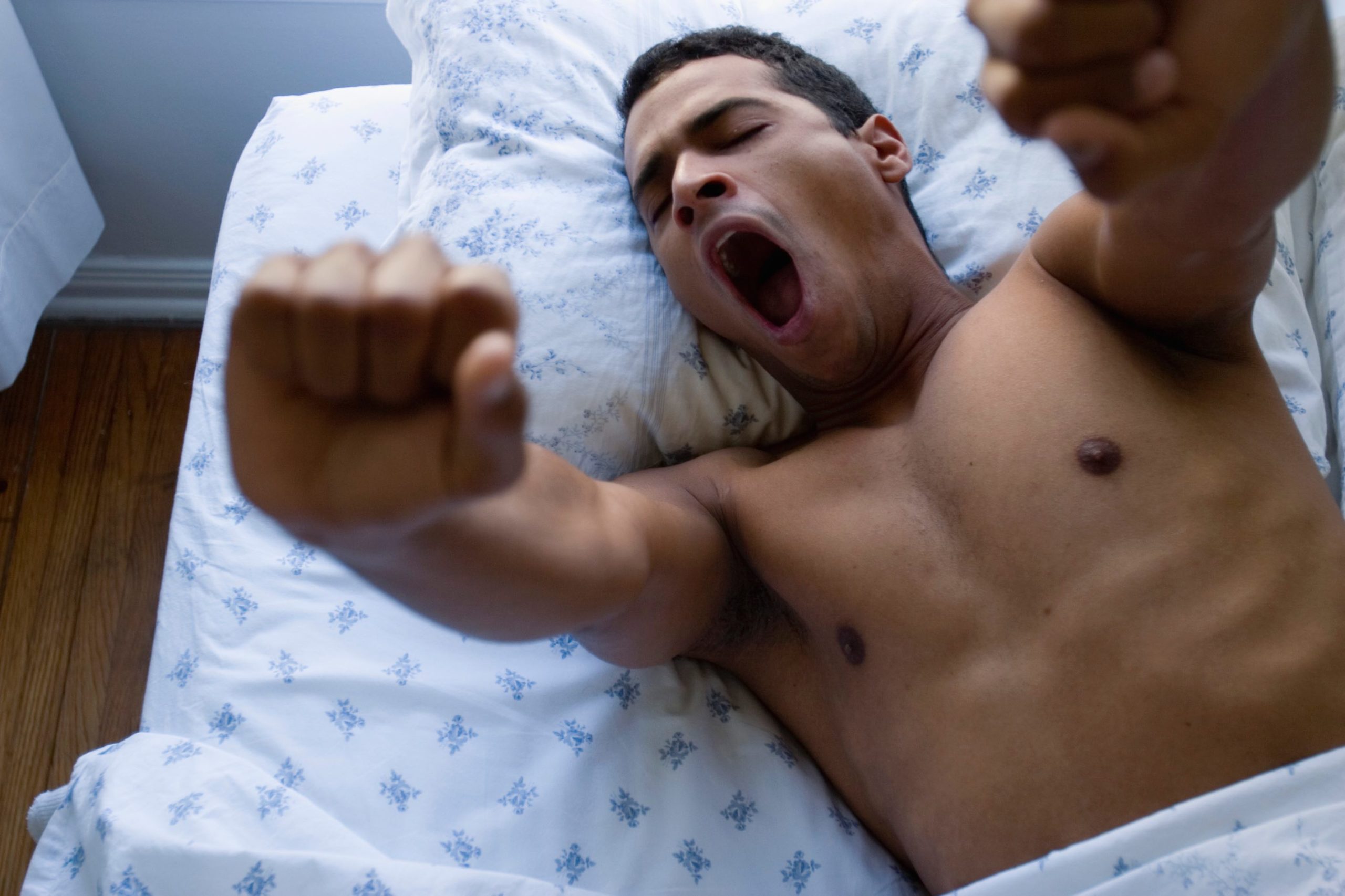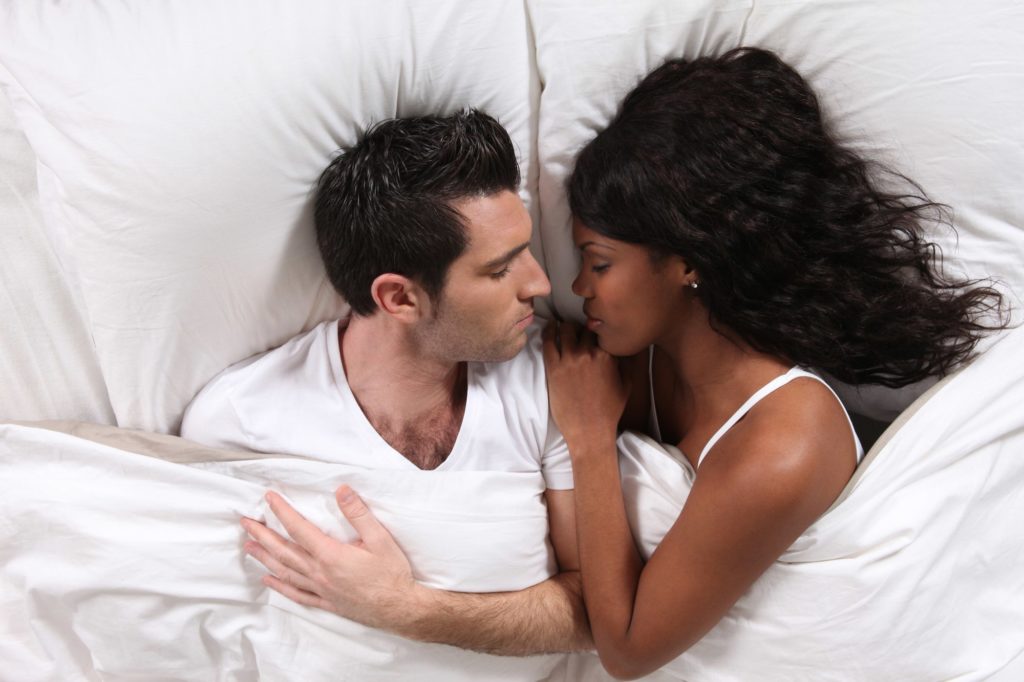Sleep disorders are bad for fitness and exercise

Excellent training, the right timing between exercise and recovery, and a balanced diet. These are essential ingredients for continuous performance improvement. But good sleep is at least as necessary for fitness. Because sleep disorders reduce performance and are bad for fitness and your ability to perform.
The relationship between fitness and sleep
Just turn off the light, close your eyes, sink into Morpheus’s arms, and sleep through the night. In the morning, wake up fit and alert and start the day full of energy. Many people can only dream of this. Surveys show that more than half of all athletes suffer from sleep disorders. During the competition phases, they are even more so. It is hardly surprising that poor sleep harms performance. What’s more, there is also a direct link between sleep and fitness. Several studies have been able to prove this in recent years.
What scientists found out
- A study at the renowned Stanford University has examined basketball players. One group was allowed to sleep undisturbed, another group was woken up from time to time at night. As is the case with people who suffer from insomnia. The result: The players who were allowed to sleep through had a significantly higher hit rate and delivered faster sprint times. They also recovered faster from strenuous training sessions.
- Another study published in the journal Clinics in Sports Medicine proved that coordination and the entire motor function suffers and that poor sleep can lead to massive performance losses.
- A metanalysis was able to detect a reduction in performance of up to ten percent in all areas, such as speed, endurance, strength, and coordination. In gaming sports, tactical mistakes and overreactions are more common. Besides, motivation decreases because resignation occurs earlier.
Sleep duration says nothing about sleep quality
Many myths still surround sleep. The most important thing first: Everything between six and ten hours of sleep is normal. Because the length of sleep does not say anything about the quality of sleep. The only decisive indicator is well-being and performance during the day. If you feel like you’re being exhausted from time to time during the day, you probably haven’t slept so well.
What happens during the individual sleep phases?
- The light sleep phase: The transition from falling asleep to light sleep takes up to 20 minutes. During this phase, the body goes through a particular period of relaxation. The brain activity is still irregular. By the way, somnologists recommend getting up again if you are unable to fall asleep again within 20 minutes. The reason: the optimal window for falling asleep was missed. Therefore: only go back to bed when you are tired.
- The deep sleep phase: The nerve cells now fire in a slow rhythm. Environmental stimuli are no longer perceived. Therefore, the brain now stores vocabulary, facts, and figures particularly well in memory. It is also the most essential phase of physical relaxation and regeneration. Athletes with weak deep sleep phases have to reckon with a loss of performance. Why? In the deep sleep phase, muscle tension decreases, body temperature, and blood pressure drop, and circulation slows down. Especially relevant: the body releases growth hormones. These are important for regeneration. Also, cell clusters are repaired, and the immune system is strengthened.
- REM sleep. Also known as dream sleep, which accounts for 25 percent of all sleep time. The brain waves move quickly and almost as if you were awake. These phases are also enormously important for the athlete because newly learned movement patterns are stored in the cerebellum. So in the REM phase, the same nerve cells are active again during the daytime fitness program. New links are created, and old ones are deleted.
The reasons for sleep disorders are manifold
So there are good reasons to do something to improve a possibly lousy sleep. Fortunately, this is not so difficult. Only eight percent of all sleep disorders require medical treatment. The only important thing is to know what you should do or not do.

The most common sleep robbers
- Irregular sleeping hours. Man is a creature of habit and likes it regularly. Those who adjust their sleep to the working hours from Monday to Friday and then sleep considerably longer on Sundays should not be surprised if it does not work out in the night to Monday. It is indeed better to go to bed at the same time every night.
- A nap in between: The power nap at noon is now recommended by many experts. However, it should not take longer than 20 minutes and should be about six hours before the evening nap—anyone who sleeps longer risks a more miserable night’s sleep.
- Nightcap. A myth. The glass of red wine or high-proof should help you sleep better, but that is not true. In fact, falling asleep does indeed work better, but the deep sleep phases that are so important for athletes are much shorter.
- Sources of interference. The bedroom should be a place of calm. TVs, computers, tablets, and even work documents should be taboo.
- Light. Keep the bedroom as dark as possible. A photoreceptor on the retina tells the hypothalamus whether it is light or dark. If it is dark, the gland releases the sleep hormone melatonin. A sleeping environment that is too light disturbs the production of melatonin. This hinders sleep. Those who ensure sufficient darkness in the bedroom not only have a better chance of sleeping deeply but also wake up healthier and more rested. Tip: sleep goggles.
- Snoring. One in three falls whole forests at night. They can be as loud as a leaf blower or a mowing machine. This not only disturbs the bed partner but can have a massive impact on physical performance. Anyone who knows about snoring and does not feel well during the day should have it examined by a doctor. Today there are useful snoring stop aids.
- Food. Late heavy meals cause poor sleep. It is even ideal to go to bed with a real feeling of hunger.
- Owls and larks. Some need less sleep, others longer. Experts call this phenomenon owls and larks. Larks like to go to bed for and get up early accordingly. Owls can stay up late without any problems, but do not get out of bed in the morning. Those who know this about themselves and have the opportunity should adjust their sleep accordingly.
- Bedfellows. This not only has to be the partner but also pets and small children like to spend the night in bed with the adults. This can disturb sleep sensitivity. Studies show that partnerships can even work better if you sleep alone.
The best sleeping aids
The best temperature for a restful sleep is between 15 and 22 degrees. Oxygen is also essential, so it is good to sleep with the window open and ventilate regularly. By the way, a tip from grandma’s medicine chest works very well: the famous glass of warm milk with honey. Because honey contains tryptophan, which is a substance that makes you tired. Sex and relaxing music is an excellent aid to falling asleep.
Do not underestimate the mattress
A right mattress is especially crucial for restful sleep! Point-elastic mattresses that adapt to the body individually are considered to be particularly useful. Also, the bed should have the right size. Turning and turning at night requires space. The mattress should be 20 centimeters longer than its owner and at least one meter wide per person. We change our sleeping position up to 60 times every night, and that is good, because only then can the intervertebral discs, which are squeezed out during the day, be filled with fluid again. Besides, the muscles also regenerate faster.
Why a good pillow is also important
Also advisable: a right pillow (best dimensions 40 x 80 centimeters). It must support the head and neck. The neck must form a line with the spine. If you wake up in the morning with head or neck pain, you should think about a unique neck support pillow. The neck is supported extra, and the head is placed in a hollow. This allows the muscles to relax better. If you want to get something new, it is best to test the pillow and mattress together.